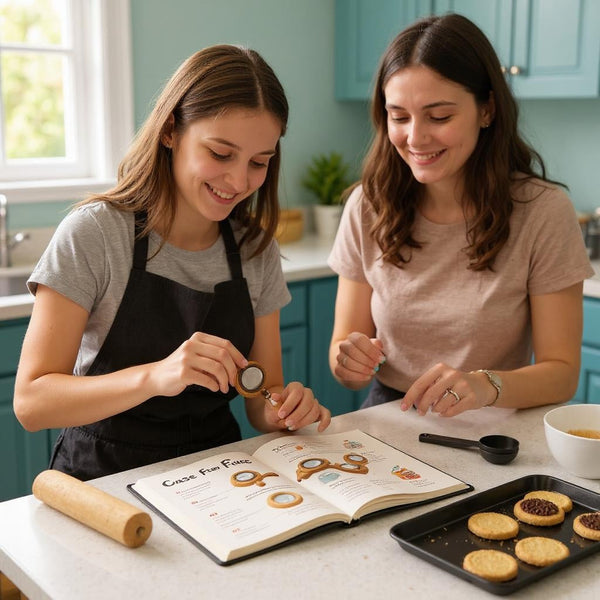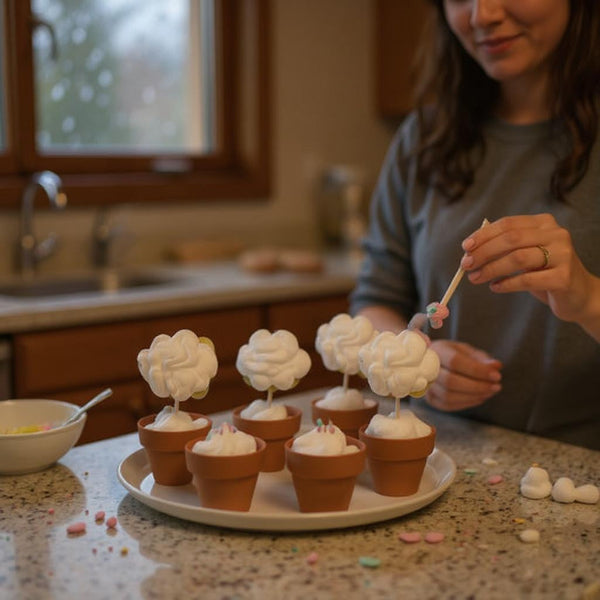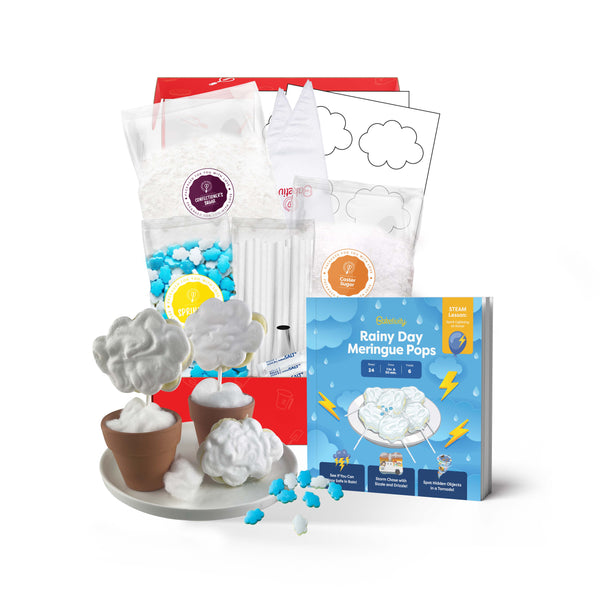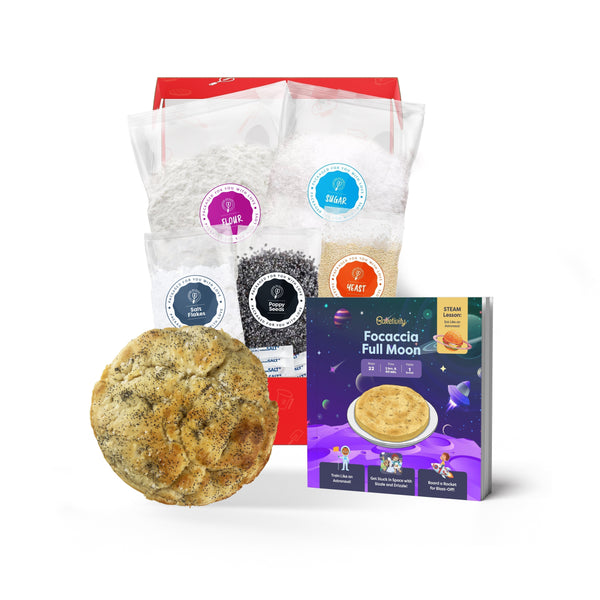Understanding the Basics of Homeschooling
The Concept of Homeschooling Homeschooling is an educational approach where parents take on the responsibility of teaching their children at home instead of sending them to a traditional school. It allows for a more personalized and flexible learning experience, tailored to meet the specific needs and interests of each child. One of the key benefits of homeschooling is the ability to create a customized curriculum that caters to the individual learning styles and pace of each child. This personalized approach can lead to a deeper understanding of subjects and foster a lifelong love of learning. Additionally, homeschooling provides the flexibility to explore topics of interest in greater depth, incorporate real-world experiences into learning, and adapt teaching methods to suit the unique needs of each child. Legalities and Requirements of Homeschooling Before you embark on your homeschooling journey, it's important to research and understand the legalities and requirements in your state or country. Each jurisdiction may have different regulations regarding homeschooling, such as registration, curriculum approval, and testing. Familiarize yourself with these guidelines to ensure compliance and avoid any potential issues. Furthermore, it's essential to connect with local homeschooling communities and resources to gain support, share ideas, and stay informed about any changes in regulations or educational practices. Networking with other homeschooling families can provide valuable insights, collaboration opportunities, and a sense of community for both parents and children alike.Setting Up Your Homeschool Environment
Choosing the Right Space Creating a conducive learning environment is essential for successful homeschooling. Assess your available space and identify an area that can be dedicated solely to homeschooling. It could be a spare room, a corner of the living room, or even the kitchen table. The key is to have a quiet, organized space where your child can focus on their studies. Consider adding some personal touches to the space to make it more inviting and inspiring for your child. Hang up motivational posters, display their artwork, or set up a cozy reading nook with cushions and blankets. Having a designated homeschooling area can help establish a routine and signal to your child that it's time to focus and learn. Essential Equipment and Supplies You don't need to invest in expensive equipment or materials to homeschool effectively. Basic supplies like pens, paper, and textbooks can be found at affordable prices at local stores or online. Look for deals and discounts, and consider buying used books or borrowing them from your local library. Remember, the focus should be on the quality of education, not the quantity of resources. Additionally, consider incorporating technology into your homeschooling setup. Educational websites, apps, and online resources can supplement traditional learning materials and make lessons more interactive and engaging. A computer or tablet with internet access can open up a world of educational opportunities for your child, from virtual field trips to interactive learning games.Planning Your Homeschool Curriculum
Identifying Your Child's Learning Style Understanding your child's learning style is crucial for developing a curriculum that suits their individual needs. Some children are visual learners, while others prefer hands-on activities. Take the time to observe how your child absorbs information and tailor your teaching methods accordingly. This will not only enhance their learning experience but also save you from purchasing unnecessary materials. For visual learners, incorporating colorful charts, diagrams, and illustrations can significantly aid in their understanding of concepts. Hands-on learners, on the other hand, thrive when given the opportunity to engage in practical activities such as science experiments or art projects. By recognizing and accommodating your child's learning style, you can create a more effective and enjoyable learning environment. Selecting Affordable or Free Resources There is a vast array of affordable or even free resources available for homeschooling. Utilize online platforms that offer educational videos, interactive exercises, and printable worksheets. Many educational websites provide free access to a wide range of subjects and grade levels. Additionally, take advantage of your local library, which can be an excellent source of books, DVDs, and even educational games. The options are endless, so be resourceful and explore all the possibilities. Another cost-effective option is to join homeschooling co-ops or online communities where parents share resources and materials. These groups often organize book swaps, group field trips, and collaborative learning activities, allowing you to access a variety of educational resources without breaking the bank. Furthermore, don't overlook the potential of educational apps and software that offer interactive learning experiences at a fraction of the cost of traditional textbooks. By tapping into these affordable and free resources, you can enrich your child's education without straining your budget.Saving Money on Homeschool Supplies
Tips for Buying Secondhand When it comes to homeschool supplies, buying secondhand can be a game-changer for your budget. Look for used books, manipulatives, and other materials at thrift stores, online marketplaces, or homeschooling forums. You can find quality resources at a fraction of the cost, and many items are in excellent condition. Don't forget to reach out to other homeschooling families in your community; they may be willing to lend or sell items at a discounted price. Exploring secondhand options not only saves you money but also promotes sustainability by giving items a second life. By purchasing pre-loved materials, you are reducing waste and minimizing the environmental impact of producing new goods. It's a win-win situation for your wallet and the planet. Utilizing Online Resources and Printables The internet is a treasure trove of free educational resources. Many websites offer free printable worksheets, lesson plans, and educational games. Incorporate these resources into your curriculum to add variety and keep your child engaged. Additionally, some online platforms provide access to virtual labs, simulations, and interactive activities. Your child can explore new subjects and concepts without you having to spend a dime. Online resources not only provide cost-effective options but also offer flexibility in learning. With a vast array of materials available online, you can tailor your child's education to suit their individual learning style and interests. Whether your child is a visual learner who benefits from interactive games or a hands-on learner who thrives with printable activities, the internet offers a wealth of resources to support their educational journey.Incorporating Cost-Effective Extracurricular Activities
Exploring Community Resources Your local community can provide a wealth of cost-effective extracurricular activities for your homeschooled child. Check out programs offered by local libraries, community centers, and recreation departments. Many institutions organize affordable art classes, science workshops, and sports activities specifically designed for homeschoolers. Engaging in these activities not only enhances your child's socialization skills but also provides additional learning opportunities outside the home. But did you know that community resources go beyond just these traditional options? Many communities have hidden gems that can be explored for free or at a minimal cost. For example, local farms often offer educational tours where children can learn about sustainable farming practices and get up close and personal with farm animals. Nature centers provide opportunities for kids to learn about local flora and fauna through guided hikes and interactive exhibits. By tapping into these unique resources, you can expose your child to a wide range of experiences that are both educational and fun. Virtual Field Trips and Online Learning Opportunities Thanks to advancements in technology, homeschoolers can now embark on exciting virtual field trips and access online learning opportunities. Museums, zoos, and national parks offer virtual tours that can be educational and entertaining for your child. But did you know that some organizations also offer interactive workshops and live Q&A sessions with experts in various fields? These sessions allow your child to engage directly with professionals and gain valuable insights into different career paths. Furthermore, online platforms not only offer classes and workshops in various subjects, but they also provide a platform for students to collaborate and connect with peers from around the world. This global interaction can foster cultural understanding and broaden your child's perspective. Imagine your child participating in a virtual music ensemble with students from different countries, or collaborating on a coding project with peers from diverse backgrounds. The possibilities are endless! As you can see, homeschooling on a budget is entirely possible with a bit of planning and creativity. Focus on utilizing affordable resources, being resourceful, and taking advantage of the vast array of options available to homeschooling families. Whether it's exploring the hidden treasures of your local community or embarking on virtual adventures, there are countless opportunities for your child to learn, grow, and thrive. Remember, it's not about how much you spend, but rather the quality of education and the joy of learning you can provide for your child. Happy homeschooling!Discover the Joy of Learning with Baketivity
As you embrace the journey of homeschooling on a budget, why not enhance your child's educational experience with the joy of baking? Baketivity offers a delightful way to incorporate practical, hands-on learning with our baking kits that combine the art of baking with STEAM education. Join the Baking Club and receive everything you need to create delicious treats while fostering creativity, family bonding, and valuable educational skills. With Baketivity, you're not just baking; you're creating memories, building knowledge, and enjoying the sweetness of learning together. Join the Baking Club today and start your family's baking adventure!




